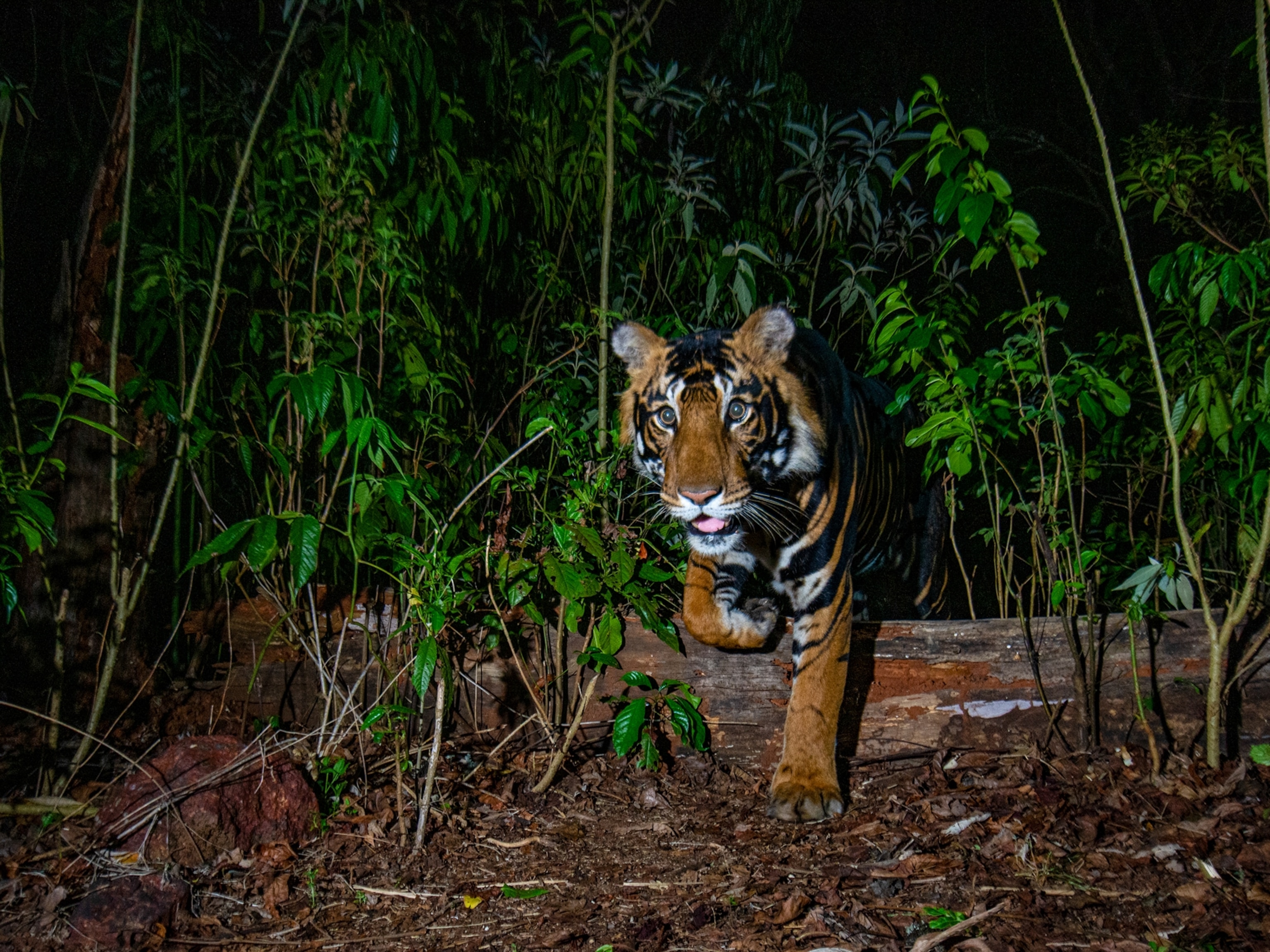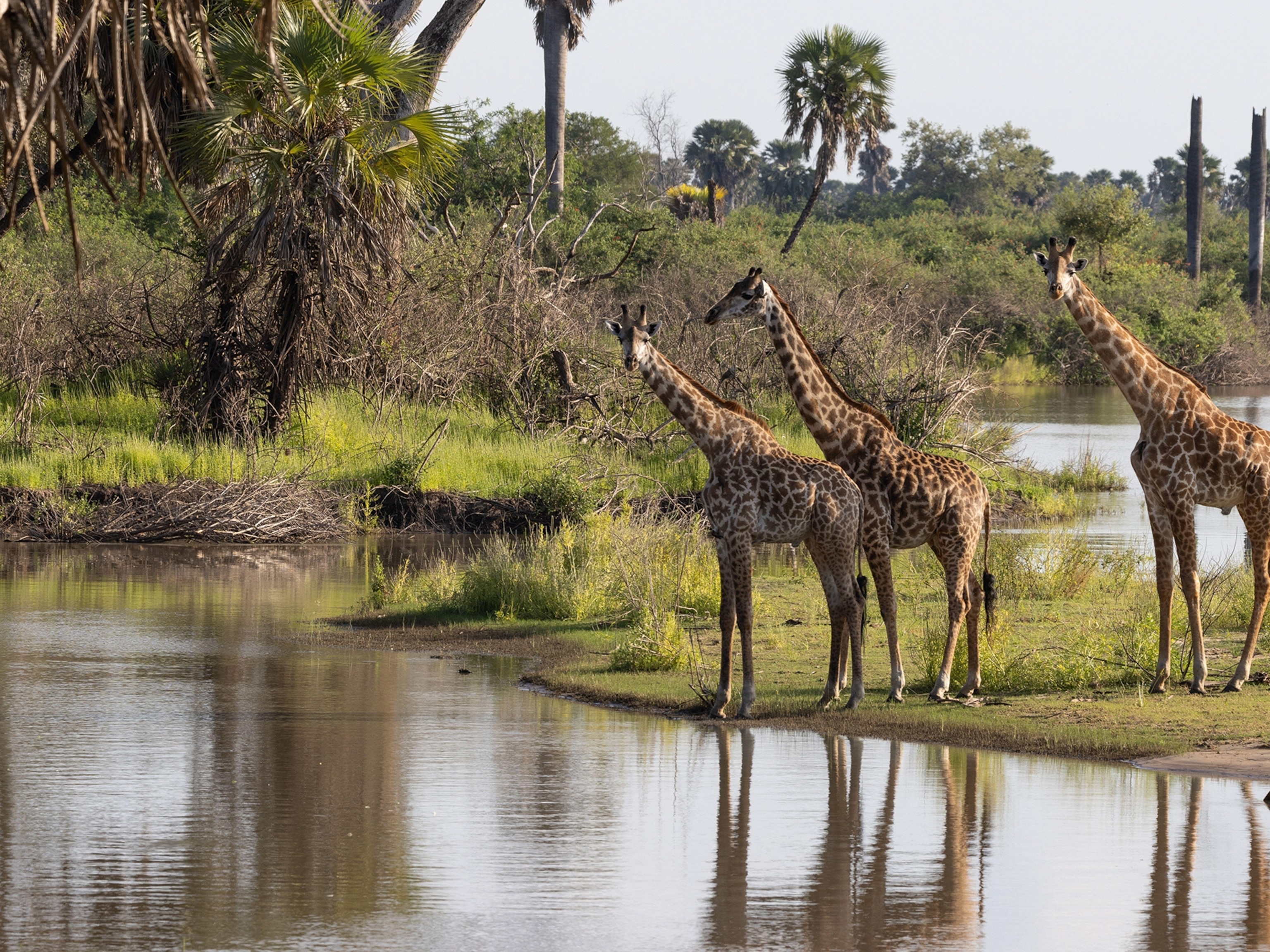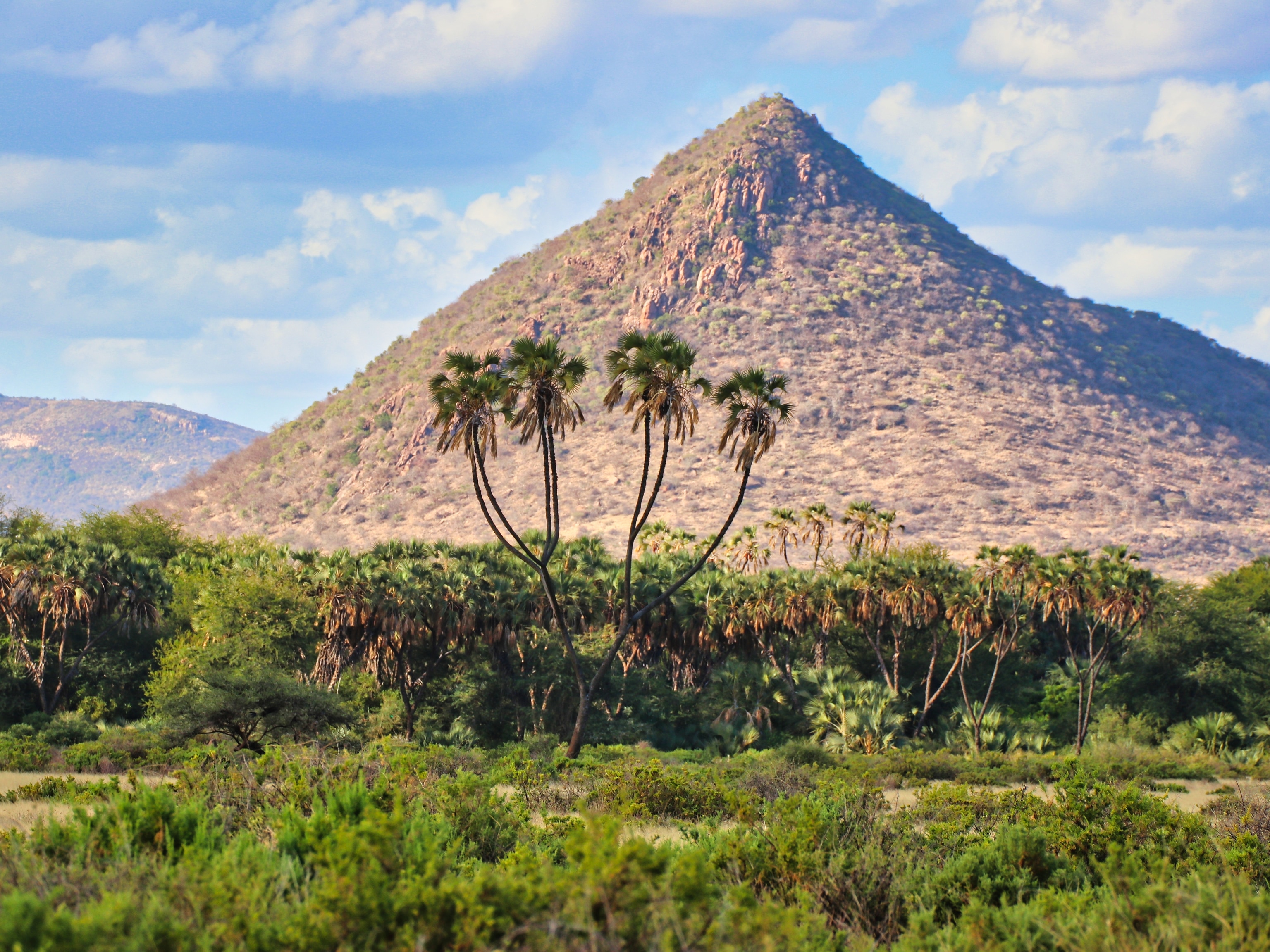
Spot tigers at these unique national parks
Get tips from a conservation scientist to see the world's largest cat.
Before she was even two years old, Krithi Karanth saw her first wild tiger—thanks to her father, biologist Ullas Karanth. Now as a conservation scientist and Nat Geo explorer, she studies human-wildlife conflict, including how people and tigers interact. To spot the world’s biggest cat, she recommends prowling these Indian national parks and staying for at least three days. Seeing a tiger, she says, requires patience (and a little luck).
Nagarahole
Located in the south Indian state of Karnataka, this is the park where Karanth caught her first glimpse of the majestic feline. Nagarahole lies near three other reserves that together hold the highest density of tigers in the world. For the best chance of coming across one, try an evening game drive. (Here are tips for a stress-free safari.)

Ranthambore
The former royal hunting ground of the maharajas, this park in Rajasthan is India’s most famous tiger territory. “It’s the easiest place to see a tiger,” Karanth says. “If you have only a few days, you go to Ranthambore.” The reserve is also known for its evocative landscape featuring the ruins of an ancient fort. Pro tip: Visit between November and April for the nicest weather.
Panna
The grasslands of this Madhya Pradesh park provide a different habitat from most of India’s other tiger reserves. Wear earth tones and good walking shoes, Karanth advises, plus long pants to deter ticks. Don’t miss a drive along the Ken River for the opportunity to see crocodiles. (Explore India's lesser known UNESCO sites.)

Kanha
Legendary conservationist George Schaller lived in this Madhya Pradesh park while studying tigers in the 1960s. Keep an eye out for them, Karanth says, but also for leopards, elephants, hyenas, wild boars, and the nearly 200 species of birds.
- National Geographic Expeditions




